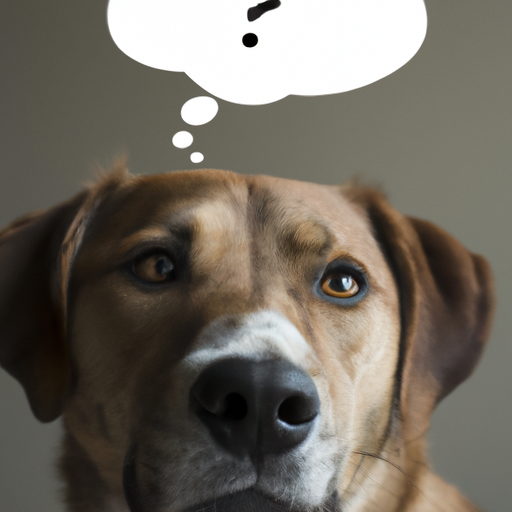Understanding Your Dog’s Whiskers
You might have noticed that your dog has whiskers, not just on their snout, but also under their chin. These aren’t just for show; whiskers serve an important purpose in a dog’s life.
Also known as vibrissae, whiskers are touch receptors. These longer, stiffer hairs function almost like a sensory device, helping a dog feel his way around the world.
In essence, they are like your dog’s radar or GPS, providing valuable feedback about their surroundings. Without them, your furry friend would have a much harder time navigating their world.
The Purpose of Chin Whiskers
The whiskers under your dog’s chin, also known as interramal tufts, play an essential role in their sense of touch. They are highly sensitive to changes in air currents, detecting even the slightest shift.
These whiskers help your dog determine the size, shape, and speed of nearby objects, even in the dark. This can be especially helpful when they’re exploring new environments or hunting.
Consider these chin whiskers as an extra set of ‘hands’ for your dog, enabling them to ‘feel’ their environment in a unique and specialized way.
The Science Behind Dog Whiskers
Dog whiskers are deeply embedded in your dog’s skin, in a follicle that is filled with nerves. When the whiskers touch something, these nerves send signals to your dog’s brain.
This allows the dog to make quick and informed decisions about the world around them. For instance, they can determine whether a space is too narrow for them to squeeze through or detect an approaching threat.
Here’s a simple breakdown of the process:
- The whisker detects a change in air currents or comes into contact with an object.
- The nerves in the whisker follicles transmit this information to the brain.
- The dog interprets these signals and reacts accordingly.
Caring for Your Dog’s Whiskers
As a caregiver, it’s essential to understand that your dog’s whiskers are not just a cute feature. They are a vital part of their sensory system. So, it’s important to take care of them.
Here are a few tips:
- Never Trim or Pluck Your Dog’s Whiskers: This can cause disorientation and stress for your pet.
- Be Gentle During Grooming: Avoid pulling or tugging on the whiskers.
- Watch for Changes: If you notice your dog’s whiskers are damaged or falling out, contact your vet.
FAQs
Why do dogs have whiskers under their chin?
Dogs have whiskers under their chin to help them sense their surroundings. These whiskers can detect changes in air currents, enabling dogs to understand the size, shape, and speed of nearby objects.
Are dog whiskers sensitive?
Yes, dog whiskers are highly sensitive. They are deeply embedded in the dog’s skin and connected to nerves, making them a crucial part of the dog’s sensory system.
Can I trim my dog’s whiskers?
No, you should not trim your dog’s whiskers. Trimming or plucking the whiskers can cause stress and disorientation for your pet.
What happens if a dog’s whiskers are damaged?
If a dog’s whiskers are damaged, it may lead to disorientation and anxiety. If you notice any damage or changes to your dog’s whiskers, it’s best to contact your vet.
Do all dogs have whiskers under their chin?
Yes, all dogs have whiskers under their chin. However, the number and length of the whiskers may vary based on the breed and individual dog.
In conclusion, the whiskers under your dog’s chin are not just an adorable feature. They play a significant role in helping your dog sense their surroundings. As a caregiver, understanding and caring for these whiskers can contribute to your dog’s overall well-being.



